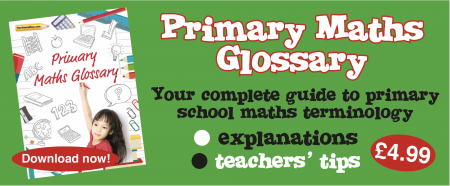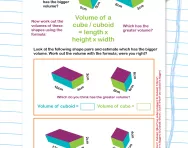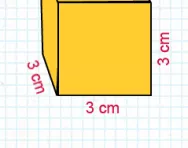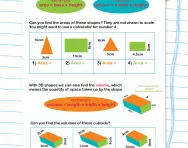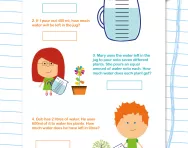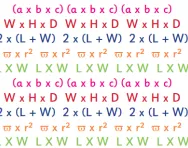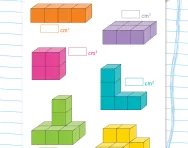TheSchoolRun.com closure date
As we informed you a few months ago, TheSchoolRun has had to make the difficult decision to close due to financial pressures and the company has now ceased trading. We had hoped to keep our content available through a partnership with another educational provider, but this provider has since withdrawn from the agreement.
As a result, we now have to permanently close TheSchoolRun.com. However, to give subscribers time to download any content they’d like to keep, we will keep the website open until 31st July 2025. After this date, the site will be taken down and there will be no further access to any resources. We strongly encourage you to download and save any resources you think you may want to use in the future.
In particular, we suggest downloading:
- Learning packs
- All the worksheets from the 11+ programme, if you are following this with your child
- Complete Learning Journey programmes (the packs below include all 40 worksheets for each programme)
You should already have received 16 primary school eBooks (worth £108.84) to download and keep. If you haven’t received these, please contact us at [email protected] before 31st July 2025, and we will send them to you.
We are very sorry that there is no way to continue offering access to resources and sincerely apologise for the inconvenience caused.
What is volume?
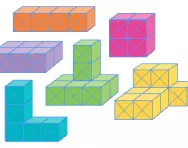
What is the difference between volume and capacity?
In Key Stage 1 (Years 1 and 2) and lower Key Stage 2 (Years 3 and 4) the terms volume and capacity are used inter-changeably. The difference is very subtle (and taught in upper Key Stage 2, Years 5 and 6), but capacity is the total amount of fluid that can be contained in a container and the word we use when we are measuring liquids.
What are primary-school children taught about volume, and at what age?
Year 1
In Y1 children are taught to compare, describe and solve practical problems involving capacity/volume. For example, they will experiment/play with jugs, containers, cups and bottles in a water tray and discuss terms such as full/empty, more than, less than and half full. They will investigate questions such as how many cups of water will fill the bottle and which container holds the most water.
They will begin to measure volume in standard units, such as litres/millilitres, using a measuring cylinder with marked measurements on the side.
Year 2
In Y2 children will begin to choose and use appropriate units to measure volume/capacity, for example using millilitres to measure medicine and litres to measure petrol. They will become more accurate at reading measurements of capacity/volume.
Children will also be taught to compare and order volume and capacity using the terms greater than, less than, equal too and the corresponding symbols > < = (for example, 350ml < 550ml).
Year 3 and Year 4
Children solve problems by adding and subtracting volume/capacity in litres and millilitres (for example: 350ml + 550ml = 900ml). They learn to convert between measurements (for example 3500ml = 3l and 500 ml).
Year 5
In Y5 children are taught to use cubic units to estimate volume. They start by using 1 cm³ blocks to build cuboids and counting the blocks in pictures, for example:
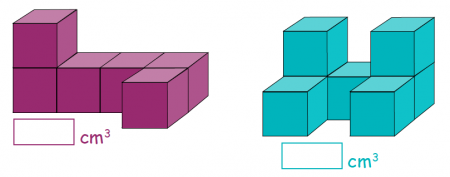
Year 6
In Y6 children learn to use formulae to calculate the volume of a shape in cubic units.
For example, if you take a cuboid such as a tissue box you can measure its width, height and depth and use these measurements to calculate the volume of the shape (how much 3D space it is occupying) by applying the formula.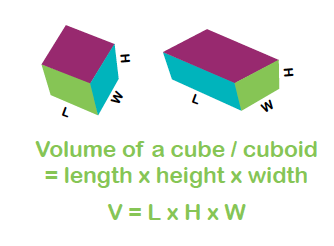
Support your child's understanding of volume at home
- With younger children in Year 1 and 2 you can provide them with jugs, containers, plastic cups and bottles to experiment with in a water tray, sink or the bath at bath time. Encourage them to use vocabulary such as full, empty, more than, less than, half and investigate which containers hold the most water. If using a water tray you could add a small amount of food colouring to the water so it is easier to see the amount of liquid it contains.
- Children in Years 3 and 4 can practice reading measurements on jugs when cooking and become aware of capacity when shopping.
- In Year 5 children could use sugar cubes to build structures and discuss the volume.
- In Year 6 explore the different cardboard boxes in the kitchen (for example cereal boxes, tissue boxes and other food packaging) and work out the volume of the different cuboids using the formula W x H x D = ___³
